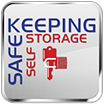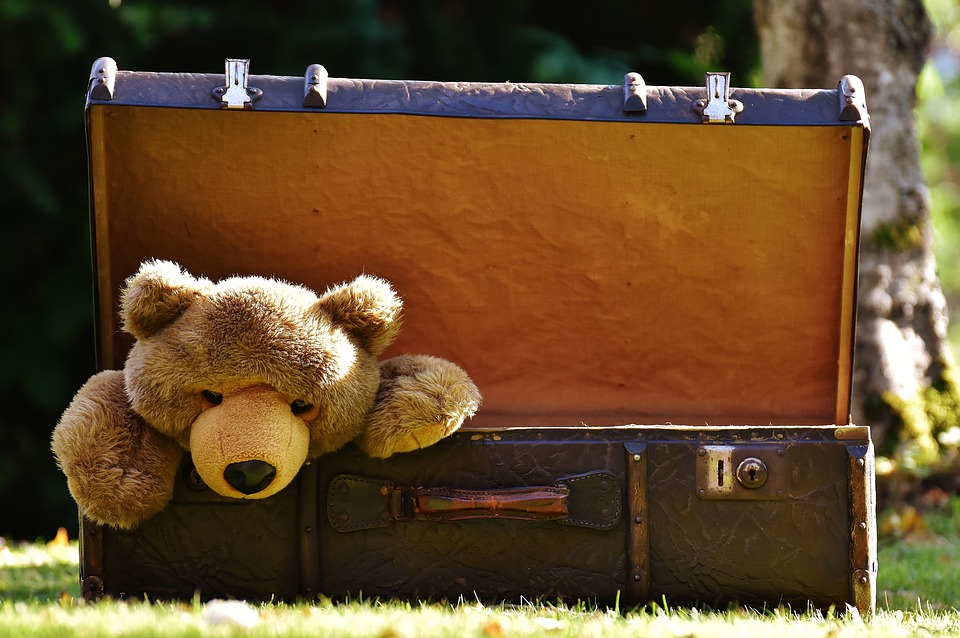Here are some tips on storing your baby items. First, evaluate if a given item is worth keeping. Does it have all of the parts? Is it falling apart? Are the clothes stained or torn? After answering these simple question, it may turn out that you don’t want to keep the item after all, and you’re better off donating it to charity or discarding the item in the trash.
One item in particular that should only be used in short-term storage is a car seat. This is because car seats actually expire after 5 years, regardless of what condition they are in. Also, don’t place any food related items or teething toys into long term storage. The food will likely spoil and plastic teething toys can release dangerous chemicals if exposed to extreme heat, making them unsafe for your baby.
When storing any items, it’s important to know the materials they are made of, so you can determine whether or not you’ll need climate control. In general, you should remove any batteries from toys or electronics. However, if you’re storing an item with a non-removable, rechargeable battery, you should definitely use a climate-controlled storage unit to maintain the temperature inside the unit.
Again, plastic toys can break down in the heat, have components melt, release chemicals into the air, and basically become damaged and potentially dangerous to your child when exposed to extreme temperatures. To prevent such damage, use a climate-controlled storage unit.
You should wash and/or disinfect everything you decide to keep in storage. This is because if there are any odors or stains on any of the gear, they will surface over time. Please note to avoid using scented laundry detergents and fabric softeners when you’re giving items their final clean before storage. Also, make sure everything is dry before placing in storage to prevent mold and mildew growth on fabrics or rust on metal components.
We recommend placing your items in plastic bins with lids rather than cardboard. Also avoid garbage bags because they are difficult to stack which makes for a messy and unorganized storage unit. Also, do yourself a favor and be sure to label your bins for convenience when you return to retrieve items from the unit.
If an item is too large to store in a plastic bin, remove any parts that contain cloth or padded pieces (such as swings or chair seats) and store those removable pieces in a bin. Cover the rest of the item with a thin white sheet to protect it from dust. It’s best to store the user manual or instructions with each item to prevent losing it. We recommend putting the instructions in a plastic bag and taping them directly to the item.
It’s a good idea to take a picture of how the item looks completely assembled before breaking it down. As you take apart more complicated items, you should designate each piece removed with categories such as “right side” or “back,” with a tie-on tag or label. You should also collect any necessary hardware in a small plastic bag, labeling each bag with a permanent marker, and taping it to the item.

